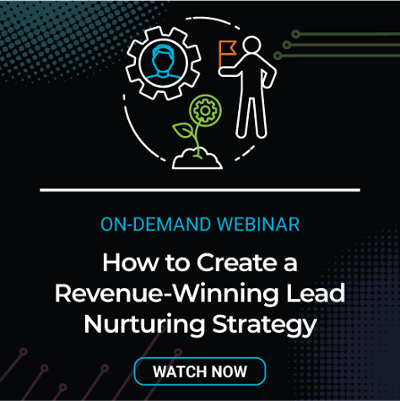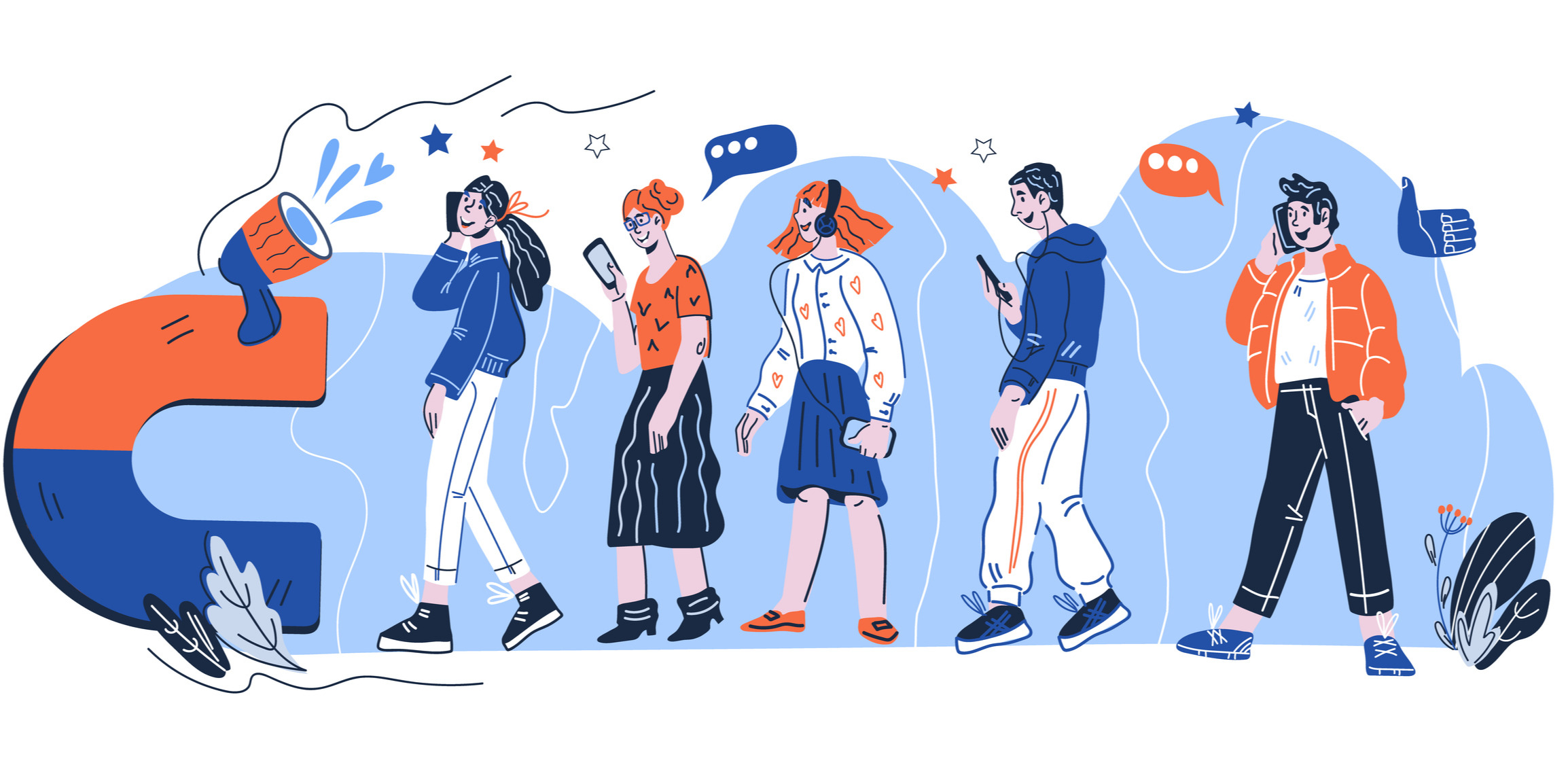Is There a Difference Between Lead Generation and Inbound Marketing?
Marketing is notorious for its jargon. And while the terminology itself isn’t necessarily what's important, what you do need to know is how these...


Ask any salesperson about the challenges they face, and most will tell you that prospecting is the toughest part of the sales process. It’s hard to get a prospect who is completely unfamiliar with you or your company to take a call, let alone agree to a meeting. And, once you get some face time, you still need to build trust and authority.
How do you sell in an environment where it takes an average of 18 touches to connect with a potential customer, and the majority of prospects these days aren’t ready to speak with a salesperson until they’ve done some of their own research?
 One of the most effective ways to establish thought leadership that opens doors is inbound marketing. Inbound marketing simplifies the sales process, paving the way so that your prospects already know a lot about your company before they ever agree to a first meeting.
One of the most effective ways to establish thought leadership that opens doors is inbound marketing. Inbound marketing simplifies the sales process, paving the way so that your prospects already know a lot about your company before they ever agree to a first meeting.
You’ll use premium content to generate leads, but the process doesn’t stop there. A database full of leads won’t do you any good unless you nurture them.
Once you have a lead, it’s important to continue building a relationship. The goal is to make the lead sales-ready, so it’s more likely to convert to a sale. You’ll create content that strategically takes the lead through the stages of the buyer’s journey: Awareness, Consideration, and Decision.
The Target Persona is a fictional representation of your best customer, and you’ll want to tailor your content to the types of customers you want more of.
As you develop your Target Persona profile, you’ll want to know things like:
Their job title
How long the buying cycle is
Who is involved in the decision-making process
The types of content they gravitate toward
The best ways to reach them (social platforms, conferences, or other places they seek out information)
You’ll also want to understand the challenges they face, their pain points, and their concerns about the future.
When we work with clients to develop Target Personas, we combine information from multiple sources. We talk to the sales team to learn about the concerns and objections they hear in the field, and we combine that information with data from client surveys we conduct. We give the Target Persona a name and a face, so we know exactly who we are writing for.
As you gather research and talk with your sales team, you’ll identify questions that your prospects have at each stage of the buyer’s journey. You’ll use that information to create content that addresses the concerns and thought process your prospect experiences as they move from one stage to the next.
In the Awareness stage, your prospect has just realized they have a problem that needs solved. At this point, they might head to Google, using broad search terms related to their problem. They're not looking for companies to address this problem yet; they're simply trying to learn about the problem they face. Only 19% of customers want to connect with a salesperson while they are in the awareness stage.
Content to use in this stage includes: blog posts, search engine marketing, checklists, infographics, and social media.
Now that the prospect realizes a problem exists, they're looking for solutions. They're identifying vendors who can address their needs, and they have a lot of questions. This stage is heavy on education. 60% of prospects are ready to connect with sales at this point in the process.
Content to use in this stage includes: eBooks, webinars, videos, email marketing, ROI calculators, buying guides, spec sheets, and retargetin
As the prospect reaches the bottom of the funnel, they are preparing to purchase. They want to know how to become a customer and what it looks like to work with you. 22% of prospects make it all the way to the bottom of the funnel before they want to connect with sales.
Content to use in this stage includes: case studies, testimonials, free trials, demos, and consultations
Many of the content types mentioned above are delivered after a potential client enters their name into a form to get more information. Once that lead comes in, and the prospect has your content, what happens next?
As an organization, you’ll want to decide:
Where the lead will go
How you will determine when the lead is ready for sales to reach out
Who will assign leads to the sales team
What additional pieces of content your salesperson will use to nurture the lead
Once the lead is in your system, you’ll want to continue to provide content that moves them throughout the buyer’s journey. If you use an inbound marketing platform like HubSpot, you can tie content to behaviors that take place on your website. Here are a few examples:
A download of an eBook would trigger an email series related to that topic.
A visit to your pricing page could signal that your prospect has moved down the sales funnel, resulting in a new email series tailored to that buying stage.
The above example could also indicate that the lead is ready to be handed to a member of your sales team for one-on-one interaction.
Developing a lead nurturing plan starts with understanding your best potential customers’ needs.
Once you understand what drives your customers, you are able to create content that resonates with potential leads who have the same business concerns. You’ll use automation to deliver content that is targeted to each lead’s stage in the buyer’s journey, and in the process, develop thought leadership that lands you among the top solution providers when they are ready to buy.
Editor's Note: This blog was originally published in 2020 and has since been updated.

Marketing is notorious for its jargon. And while the terminology itself isn’t necessarily what's important, what you do need to know is how these...

When a prospect is considered an inbound lead, there's a natural inclination to treat them differently than prospects that are identified and...

You have a blog. Great. Are you analyzing it? Are you tracking its performance? Do you know if your efforts are paying off? Time is money, and if...